Tag: acidosis
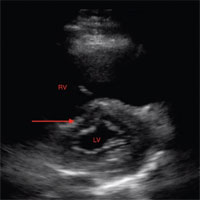
POCUS Is Not a Magic Bullet
A man in his 50s checked into our ED recently feeling weak, nauseated, and short of breath for two days. He had no significant medical history, and had previously been active and healthy. A fingerstick glucose at triage... read more

Relationship of at Admission Lactate, Unmeasured Anions, and Chloride to the Outcome of Critically Ill Patients
Four thousand nine hundred one patients were admitted throughout the study period; 1,609 met criteria for metabolic acidosis and 145 had normal acid-base values. The association between at admission lactate, unmeasured anions,... read more

Metabolic Acidosis: A Guide to Clinical Assessment and Management
This timely volume provides an overview to the causes, effects on systems and clinical approaches of metabolic acidosis. Beginning with a basic understanding of the physiology, pathophysiology and development of this disease,... read more
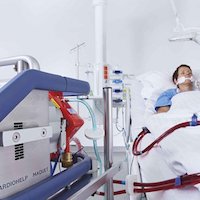
ECMO for Severe ARDS
Mr. Jackson is a 36-year-old man whom you are caring for in the intensive care unit (ICU). Before this hospitalization, he was healthy and took no medications. He has never smoked, and he drinks three or four beers every... read more
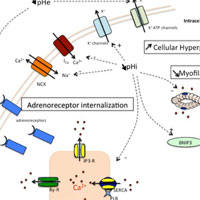
Hemodynamic Consequences of Severe Lactic Acidosis in Shock States
Deleterious hemodynamic effects of severe lactic acidosis are largely suggested by experimental data, although not fully confirmed by human studies. Pending the effectiveness of an etiological treatment, there is no efficient... read more
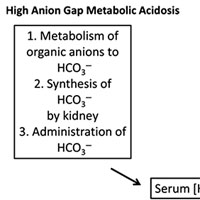
Treatment of Acute Non-Anion Gap Metabolic Acidosis
Acute non-anion gap metabolic acidosis is now recognized to be as a common cause of metabolic acidosis, particularly in the ICU. Further examination of its impact on cellular function and clinical outcome are needed. Most... read more
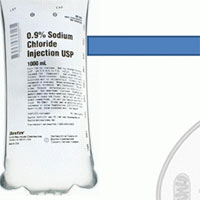
Nine Reasons to Quit Using Normal Saline for Resuscitation
Saline vs. balanced solutions has been a topic of ongoing debate. Two fresh studies will illuminate this: the SMART and SALT-ED trials. This post summarizes current knowledge, beginning with physiology and working our way... read more
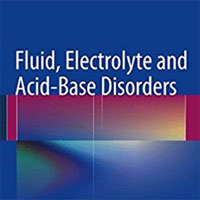
Fluid, Electrolyte and Acid-Base Disorders
This is a meaningful and concise review of common fluid, electrolyte, and acid-base disorders faced by clinicians in daily practice. Each chapter begins with pertinent basic physiology followed by its clinical disorder. Includes... read more
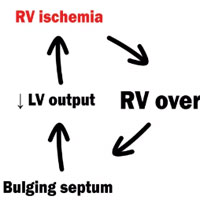
Resuscitation of Pulmonary Hypertension and RV Failure
A guide to the initial emergency department management of patients with pulmonary hypertension and right ventricular failure. It is very rare for my to write about pathophysiology, but understanding the pathophysiology of... read more
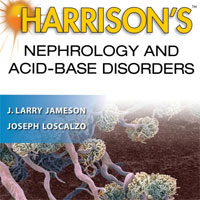
Harrison’s Nephrology and Acid-Base Disorders
Featuring a superb compilation of chapters related to nephrology and acid-base disorders derived from Harrison's Principles of Internal Medicine, Nineteenth Edition, this concise, full-color clinical companion delivers the... read more
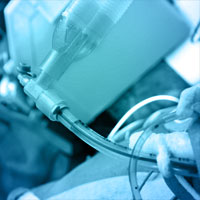
Treating Acid–Base Abnormalities in the ICU
Acidemia has both harmful and beneficial biological effects. Sodium bicarbonate is generally ineffective in raising pH when ventilation is limited, as in patients with ARDS. Even when alkalinizing agents can correct the pH,... read more

Post Intubation Hypotension: The AH SHITE mnemonic
Here is a crowd sourced approach that will allow most etiologies of post intubation hypotension to be identified: The AH SHITE mnemonic is something that you can quickly run through en route to the patient’s room, or at... read more




